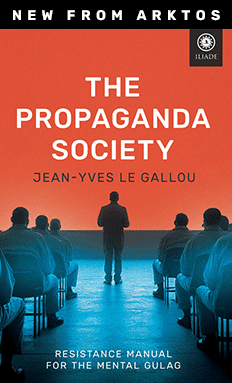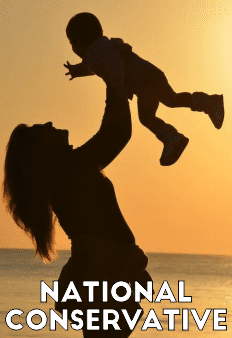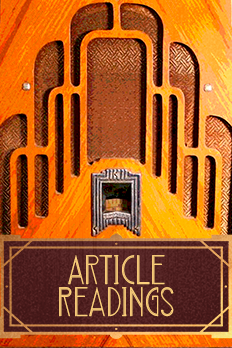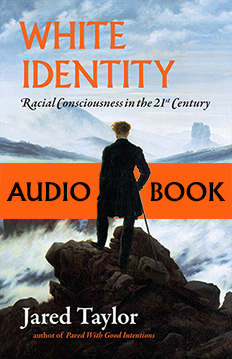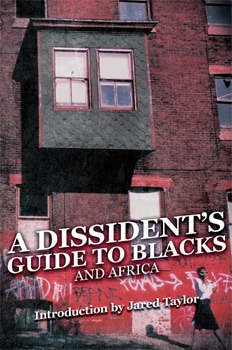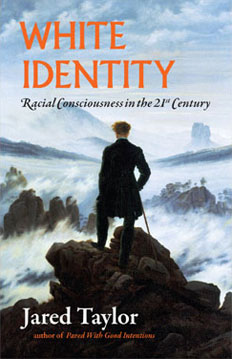Are Law Schools Above the Law?
Steve Sailer, Taki's Magazine, December 18, 2024
A fascinating test case of the rule of law in America is whether or not law schools are obeying the Supreme Court’s Students for Fair Admissions decision in the summer of 2023 finding affirmative action in undergraduate admissions to be a violation of the 14th Amendment’s promise of “equal protection of the laws.”
{snip}
The American Bar Association has now published the data on first law classes enrolled after the Supreme Court’s decision, so we can see who is naughty and who is nice.
I will focus on the 19 law schools with median LSAT scores of 170 (Vanderbilt, UCLA, Berkeley, Duke, and Boston U.) to 175 (Yale). {snip}
{snip}
In 2023, the 19 law schools with median LSATs of 170 to 175 enrolled 437 black first-year students out of a total of 5,597 students, or 7.8 percent.
Unfortunately, only about 35 blacks in the whole country scored 170 or higher in 2022–2023. {snip}
That would mean there is an average of about two black students per year with the cognitive horsepower to fit into the middle of the class for each of the 19 top law schools.
But in 2023 the two top-scoring law schools, Yale and Harvard, alone had 66 blacks in their first-year classes. So, they likely absorbed a very large fraction of the three dozen or so blacks scoring in the 170s.
Thus, it’s likely that some of the next 17 law schools didn’t enroll a single black student with the school’s median LSAT score or better. But you aren’t supposed to mention that. Penn law professor Amy Wax is being suspended and fined half a year’s pay for pointing out that Penn’s black students seldom perform in the top half.
So for every one black performing well enough on the LSAT to fit in nicely at a top 19 law school, there were 95 whites, Asians, and other unprivileged miscellaneous.
And, nationally, there were about 81 Hispanics scoring 170–180. Plus perhaps a half-dozen high scorers from other privileged ethnicities such as American Indians, Hawaiians, Puerto Ricans, and “Canadian Indigenous.”
In contrast, there were about 2,037 whites, 633 Asians, 344 no responses, and 337 multiracials (mostly white and Asian) acing the LSAT. That adds up to 3,351 racially disprivileged test-takers scoring 170–180 compared with about 120 to 125 Underrepresented Minorities.
{snip}
And yet in 2023, blacks made up 7.8 percent of the first-years at the top 19 law schools rather than the 1 percent or so they’d make up at the top half-dozen law schools without DEI racial preferences.
{snip}
So what happened in 2024 in response to the Supreme Court declaring affirmative action a violation of the civil rights of Asians and whites?
{snip}
Overall, the top 19’s black share dropped from 7.8 percent last year to 7.1 percent this year, with Harvard’s decline of 24 black students accounting for more than three-fourths of those schools’ decline from 437 to 406 blacks.
Hispanic share in the top 19 was down slightly from 11.5 percent in 2023 to 11.0 percent in 2024.
But so was the white share, down from 51.7 percent to 50.7 percent among elite law schools.
Asians soared from 13.4 percent to 20.2 percent, but some of that increase is due to the ABA unhelpfully choosing this year, when the public might be especially interested in how closely law schools are obeying the, you know, law, to change its methodology to now require foreign students to pick a race. {snip}
{snip}
But what nobody seems to wonder about other than college presidents and law school deans, not even Supreme Court justices, is the Asian-black IQ gap if we switch to a meritocracy.
Unlike in math test scores, whites long held a small lead over Asians in average LSAT score. But in this decade, Asians have pulled slightly ahead of whites on the LSAT.
There are now 18 times as many Asians as blacks scoring 170 or better on the LSAT, whereas in 2012 there were only 13 times as many.
Is America ready for blacks to only get their rightful 1 percent of the spots in superelite institutions, while Asians come to dominate?





